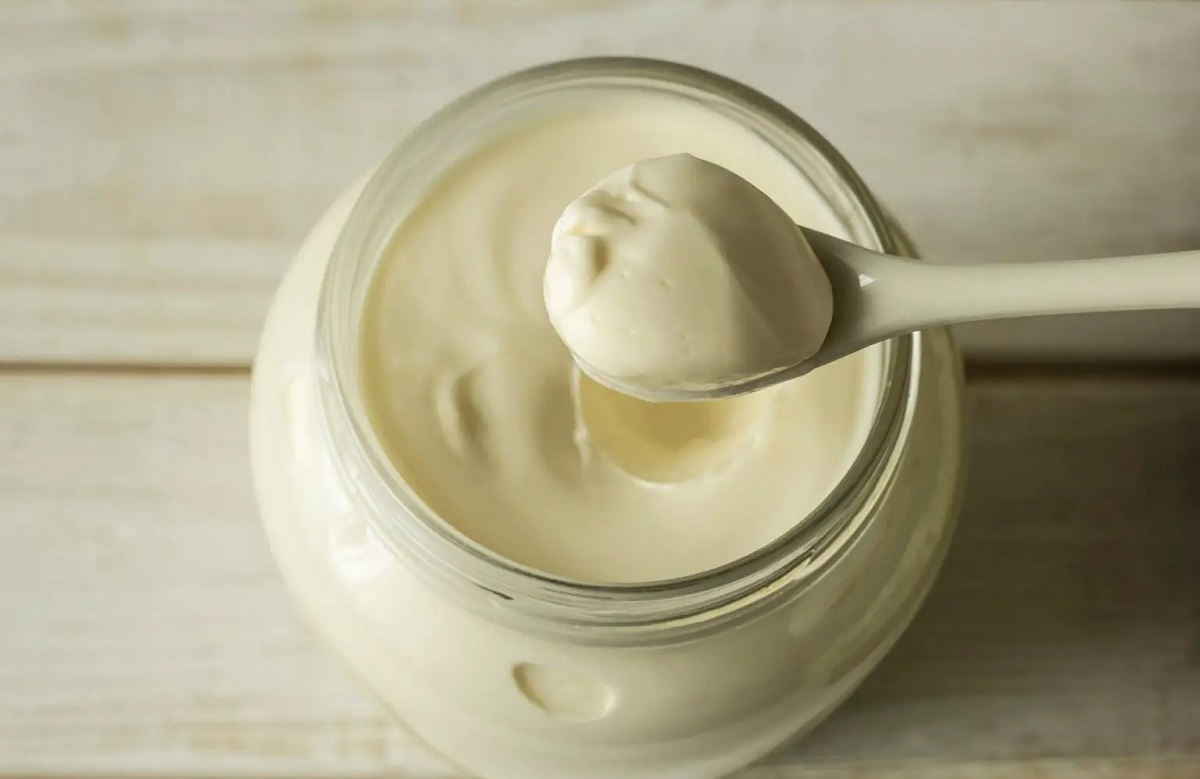

Articles
How To Store Mayonnaise
Modified: December 7, 2023
Learn the best way to store mayonnaise to keep it fresh for longer. Read our informative articles to find helpful tips and tricks.
(Many of the links in this article redirect to a specific reviewed product. Your purchase of these products through affiliate links helps to generate commission for Storables.com, at no extra cost. Learn more)
Introduction
Welcome to the ultimate guide on how to store mayonnaise! Mayonnaise is a beloved condiment made from eggs, oil, and vinegar or lemon juice. It adds rich and creamy goodness to sandwiches, salads, and sauces. However, due to its perishable nature, proper storage is crucial to maintain its freshness and prevent spoilage.
In this article, we will explore the shelf life of mayonnaise, the importance of refrigeration, tips on choosing the right container, sealing techniques, and alternative storage options. Additionally, we will discuss the signs of spoiled mayonnaise and how to determine if it is safe to consume.
So, whether you have a jar of homemade mayonnaise or a store-bought bottle, read on to discover the best practices for storing this versatile condiment.
Key Takeaways:
- Proper refrigeration, airtight containers, and sealing techniques are crucial for maintaining mayonnaise freshness. Always check for signs of spoilage before consuming to ensure safety.
- Refrigeration is the best practice for storing mayonnaise, while pantry storage is possible for unopened jars. Trust your senses to detect spoiled mayonnaise and discard if in doubt.
Read more: How To Store Mayonnaise After Opening
Shelf Life of Mayonnaise
Understanding the shelf life of mayonnaise is essential for ensuring its quality and safety. Typically, store-bought mayonnaise comes with a “best by” or “expiration” date printed on the container. This date indicates the estimated period within which the product will remain at its peak quality. However, it is important to note that mayonnaise can still be safe to consume after this date if stored properly.
On average, an unopened jar or bottle of mayonnaise can last between 2 to 3 months past its printed date if stored in a cool, dry place. However, it is crucial to check for signs of spoilage before consuming it.
Once opened, mayonnaise should be stored in the refrigerator to maintain its freshness. An opened jar can last for about 1 to 2 months in the refrigerator, depending on the brand and the specific storage conditions.
It is worth mentioning that homemade mayonnaise typically has a shorter shelf life because it does not contain preservatives like commercial varieties. Homemade mayo should be consumed within 1 week when stored in the refrigerator.
It is important to remember that these are general guidelines, and variations may occur depending on factors like the quality of ingredients used, storage conditions, and exposure to heat or light.
Refrigerating Mayonnaise
Refrigeration is key to extending the shelf life of mayonnaise and keeping it safe to consume. The cool temperature of the refrigerator helps slow down the growth of bacteria and preserve the freshness of the condiment.
Here are some tips to ensure proper refrigeration of mayonnaise:
- Always store opened mayonnaise jars or bottles in the refrigerator. The temperature should be set at or below 40°F (4°C) to maintain optimal freshness.
- Place the mayonnaise in the main body of the refrigerator, away from the door where temperature fluctuations are more significant.
- Make sure the container is tightly sealed to prevent air and moisture from entering, which can cause spoilage.
- If transferring store-bought mayonnaise into a different container, ensure it is clean and airtight.
If you’re using a large jar of mayonnaise, it is recommended to transfer a smaller portion into a separate container for everyday use. This helps minimize exposure to air and potential contamination.
Remember to always check the “best by” or “expiration” date on the mayonnaise container. Once opened, adhere to the recommended storage times for the specific brand to ensure optimum quality.
By refrigerating your mayonnaise properly, you can enjoy it for an extended period without compromising its taste or safety.
Choosing the Right Container
When it comes to storing mayonnaise, selecting the right container is essential to maintain its freshness and prevent contamination. Here are some factors to consider when choosing the right container:
- Material: Opt for containers made of glass or food-grade plastic. These materials are non-reactive and do not leach chemicals into the mayonnaise, ensuring its quality remains intact.
- Airtight Seal: Look for containers that have a tight-sealing lid. This prevents air and moisture from entering the container, which can cause the mayonnaise to spoil quickly.
- Size: Consider the size of the container based on your usage. It is recommended to use smaller containers for everyday use, transferring a portion of the mayonnaise from a larger jar to minimize exposure to air each time it is opened.
- Transparency: Opt for containers that are transparent or have a clear window. This allows you to easily monitor the condition of the mayonnaise, such as any signs of separation or spoilage.
It is important to ensure that the chosen container is clean and free from any residue or odors that can transfer to the mayonnaise. Before transferring mayonnaise to a new container or reusing an old one, thoroughly wash and rinse it with hot, soapy water. Allow it to dry completely before filling it with mayonnaise.
Remember, the container plays a vital role in preserving the quality of the mayonnaise, so choose wisely to ensure its longevity and taste.
Store mayonnaise in the refrigerator at all times to maintain its quality and prevent spoilage. Keep it tightly sealed to prevent absorption of other odors and flavors.
Proper Sealing Techniques
Properly sealing the container of mayonnaise is crucial to prevent air and moisture from entering, which can lead to spoilage. Here are some effective sealing techniques:
- Screw on the Lid: For mayonnaise jars with screw-on lids, ensure that the lid is tightened securely. This will create a tight seal and prevent any air from entering the container.
- Press and Seal: If the container has a press-and-seal lid, press down firmly on the lid to create a tight seal. Make sure it is sealed properly on all sides to prevent any gaps.
- Use Plastic Wrap: If you’re transferring mayonnaise to a container without a proper lid, place a layer of plastic wrap directly on the surface of the mayonnaise before sealing it with an airtight lid or wrap. This creates a barrier that helps prevent air from reaching the condiment.
- Vacuum Sealing: If you have a vacuum sealer, you can use it to remove excess air from the container, creating a vacuum seal. This method helps prolong the freshness and shelf life of the mayonnaise.
Regardless of the sealing technique you choose, it’s important to ensure that the container is completely sealed before storing it in the refrigerator. This will help preserve the flavor, texture, and quality of the mayonnaise.
Remember to label the container with the opening date, especially if you’re transferring mayonnaise into a different or unlabeled container. This will help you keep track of its freshness and storage time.
By employing proper sealing techniques, you can ensure that your mayonnaise stays fresh and delicious for an extended period.
Read more: How To Store Kewpie Mayonnaise After Opening
Storing Mayonnaise in the Pantry
While refrigeration is the recommended method for storing mayonnaise, there may be situations where pantry storage becomes necessary. Here are some guidelines for storing mayonnaise in the pantry:
- Unopened mayonnaise: If the mayonnaise is still sealed and unopened, it is generally safe to store it in the pantry until the “best by” or “expiration” date. However, keep in mind that refrigeration is the best way to maintain its freshness and quality.
- Homemade mayonnaise: Homemade mayonnaise, which often contains raw eggs, is more susceptible to bacterial growth. Therefore, it is highly recommended to store it in the refrigerator at all times to maintain food safety.
- Temperature and environment: Ensure that the pantry is kept at a cool and stable temperature, ideally below 70°F (21°C). Avoid exposing mayonnaise to direct sunlight or high heat, as this can cause spoilage.
- Quality check: Before using mayonnaise stored in the pantry, perform a visual and smell test. If you notice any signs of mold, separation, foul odor, or an off taste, discard the mayonnaise immediately.
It’s important to note that storing mayonnaise in the pantry increases the risk of spoilage and decreased quality. Refrigeration, which slows down bacterial growth, helps preserve the freshness and taste of the condiment for a longer period.
As a general rule of thumb, refrigeration is always the best practice for storing mayonnaise to ensure its safety and optimal quality.
Signs of Spoiled Mayonnaise
Mayonnaise, like any other perishable food, can spoil over time. It is important to be aware of the signs indicating that mayonnaise has gone bad. Here are some common signs of spoiled mayonnaise:
- Unusual odor: If your mayonnaise has a sour or rancid smell, it is a clear indication of spoilage. Fresh mayonnaise should have a mild, clean aroma, so any strong or unpleasant odors should be a cause for concern.
- Change in appearance: Separation is a natural process in mayonnaise, where the oil and water-based ingredients separate over time. However, if the separation is excessive or accompanied by a grainy or curdled texture, it is a sign of spoilage.
- Mold growth: Mold is a visible indicator of spoilage. If you notice any mold growth on the surface of the mayonnaise or around the lid, it is best to discard it immediately. Mold can cause foodborne illnesses and should not be consumed.
- Off taste: Spoiled mayonnaise can develop a bitter or sour taste. If your mayonnaise tastes off or unpleasant, it is best to refrain from consuming it.
- Excessive color change: While some discoloration is natural due to oxidation, if your mayonnaise has developed a significantly darker or off-colored appearance, it may be a sign of spoilage.
Always use your senses of sight, smell, and taste to evaluate the condition of mayonnaise before using it, especially if it has been stored for an extended period or in inadequate conditions.
Remember, consuming spoiled mayonnaise can lead to foodborne illness and should be avoided. When in doubt, it is safer to discard the mayonnaise to protect your health.
Conclusion
Properly storing mayonnaise is essential to maintain its freshness, quality, and safety. By following the guidelines outlined in this article, you can ensure that your mayonnaise stays delicious and safe for consumption.
Refrigerating opened mayonnaise, choosing the right container, and using proper sealing techniques are key factors in preserving its freshness. Remember to check the “best by” or “expiration” date on the container and adhere to the recommended storage times to maintain optimum quality.
While pantry storage may be possible for unopened mayonnaise, refrigeration is always the preferred method. Homemade mayonnaise and opened jars should always be refrigerated to minimize the risk of spoilage and bacterial growth.
Pay attention to the signs of spoiled mayonnaise, such as unusual odor, change in appearance, mold growth, off taste, and excessive discoloration. If you notice any of these signs, it is best to discard the mayonnaise.
Remember, your senses are your best allies in determining the freshness and safety of mayonnaise. Trust your instincts when it comes to evaluating the condition of the condiment.
By practicing proper storage techniques and being mindful of signs of spoilage, you can enjoy your mayonnaise in its best state and add that creamy goodness to your favorite dishes without worry.
So, go ahead and confidently store your mayonnaise knowing that you have the knowledge to keep it fresh, safe, and ready to elevate your culinary creations!
Frequently Asked Questions about How To Store Mayonnaise
Was this page helpful?
At Storables.com, we guarantee accurate and reliable information. Our content, validated by Expert Board Contributors, is crafted following stringent Editorial Policies. We're committed to providing you with well-researched, expert-backed insights for all your informational needs.
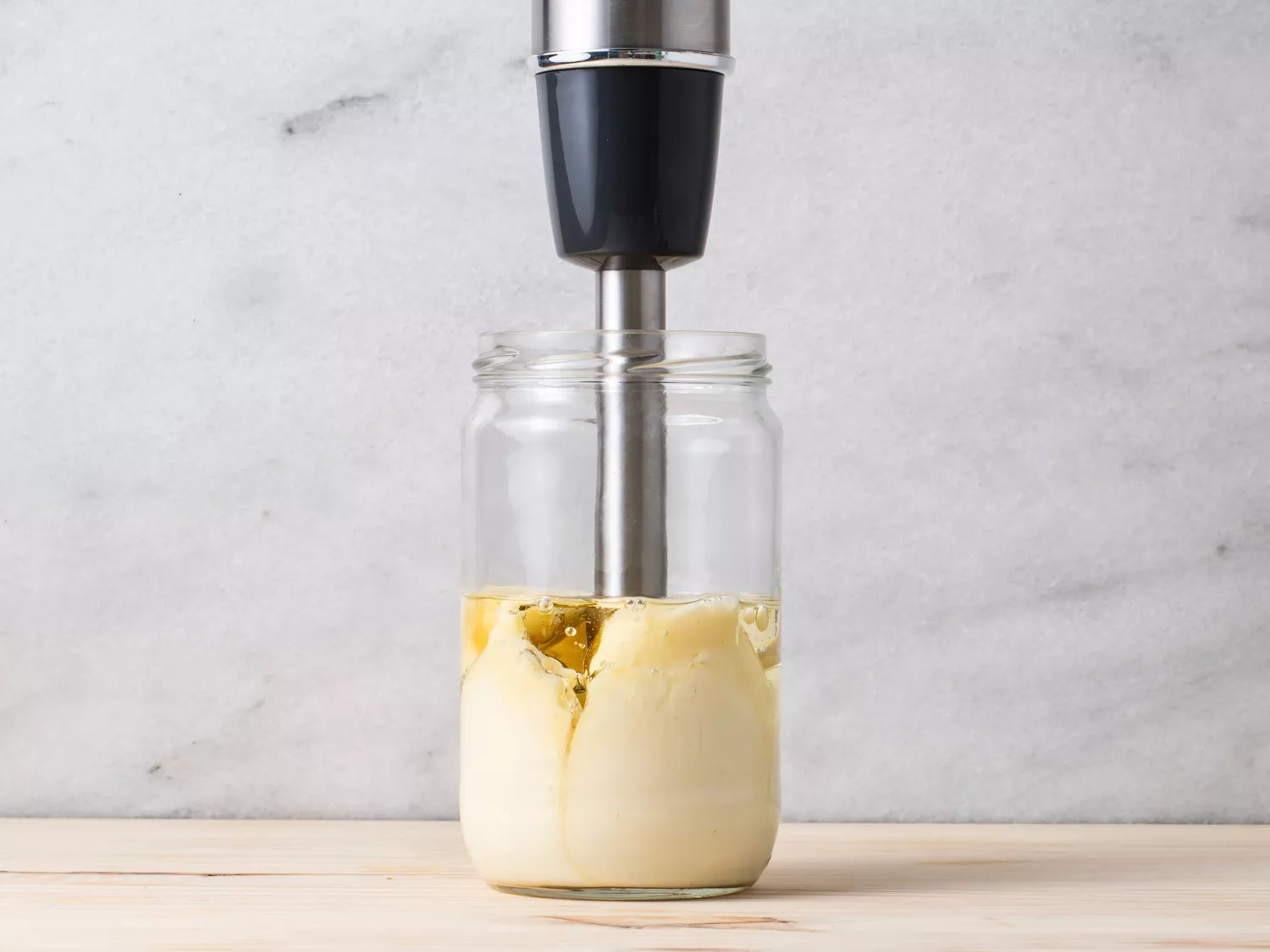
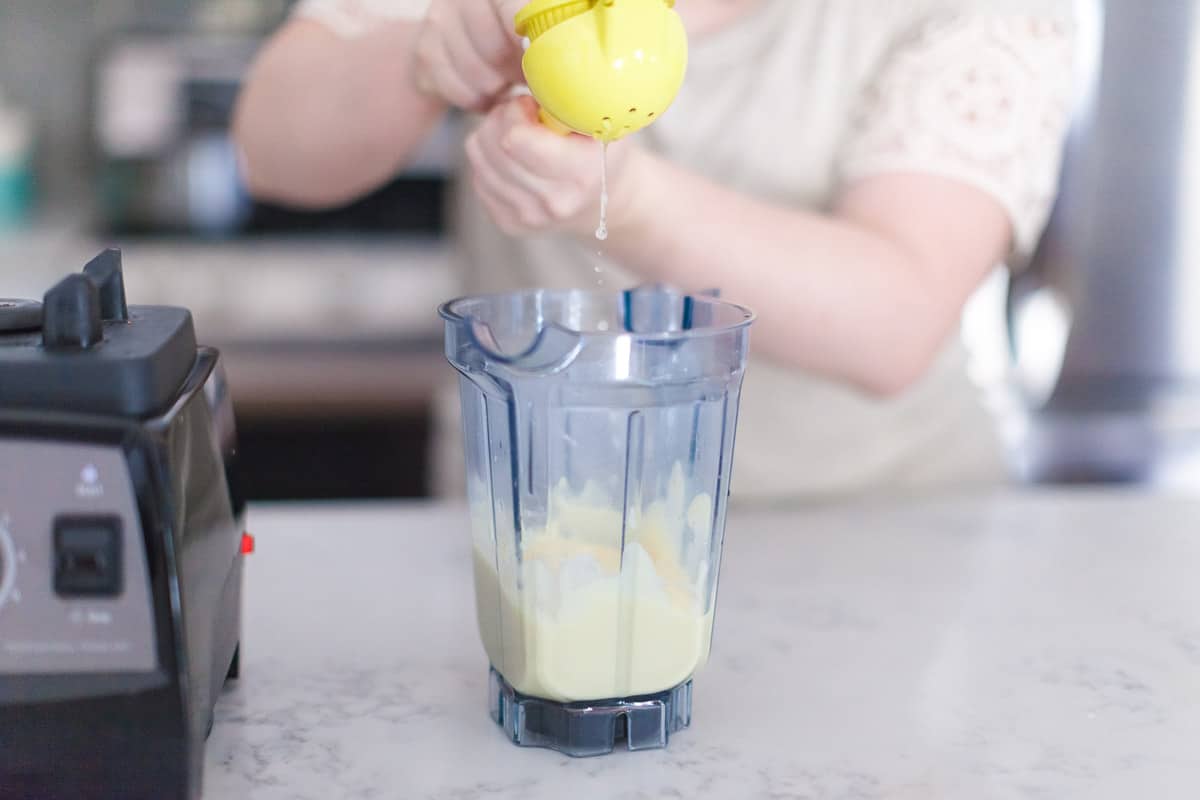
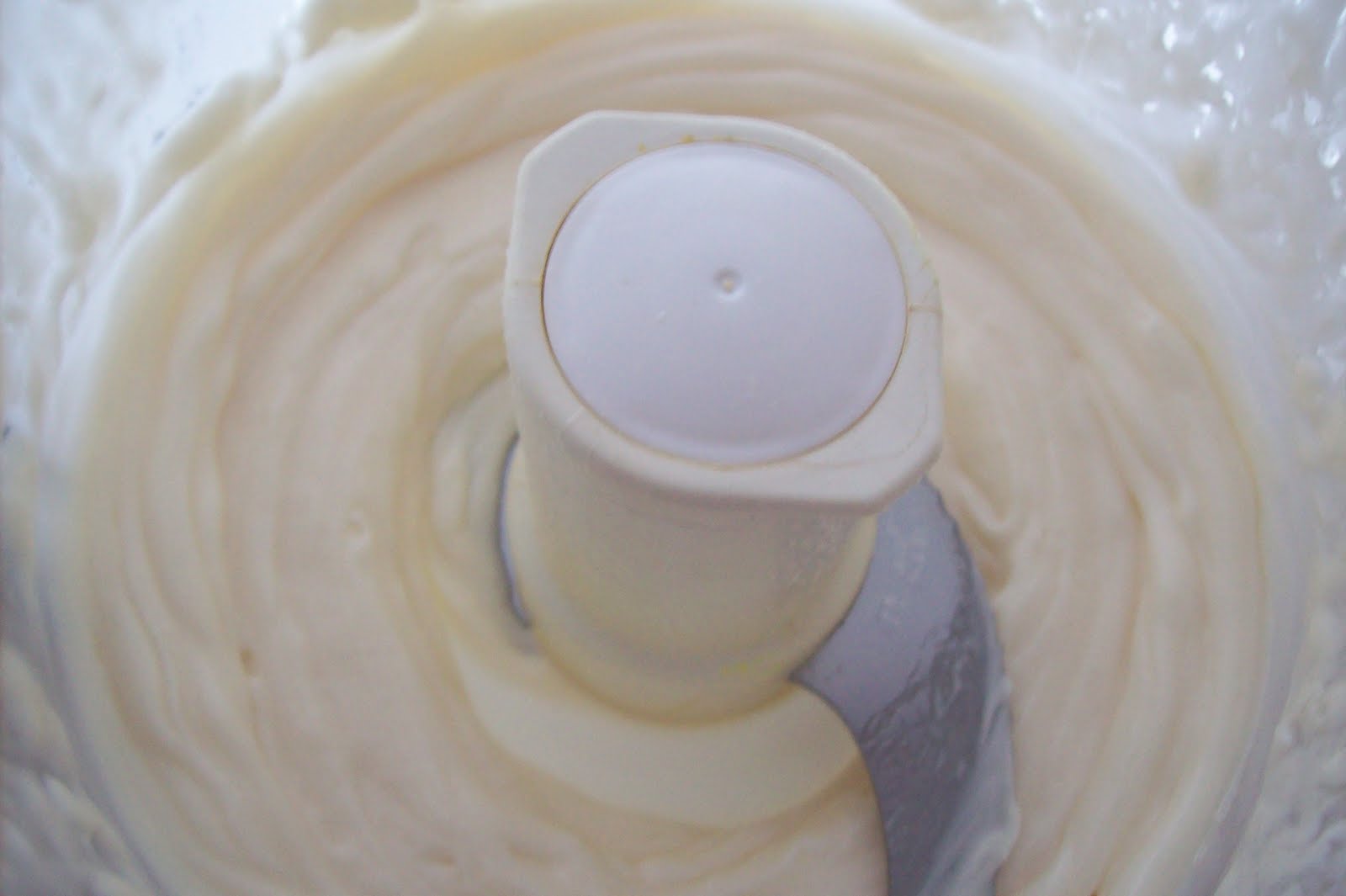



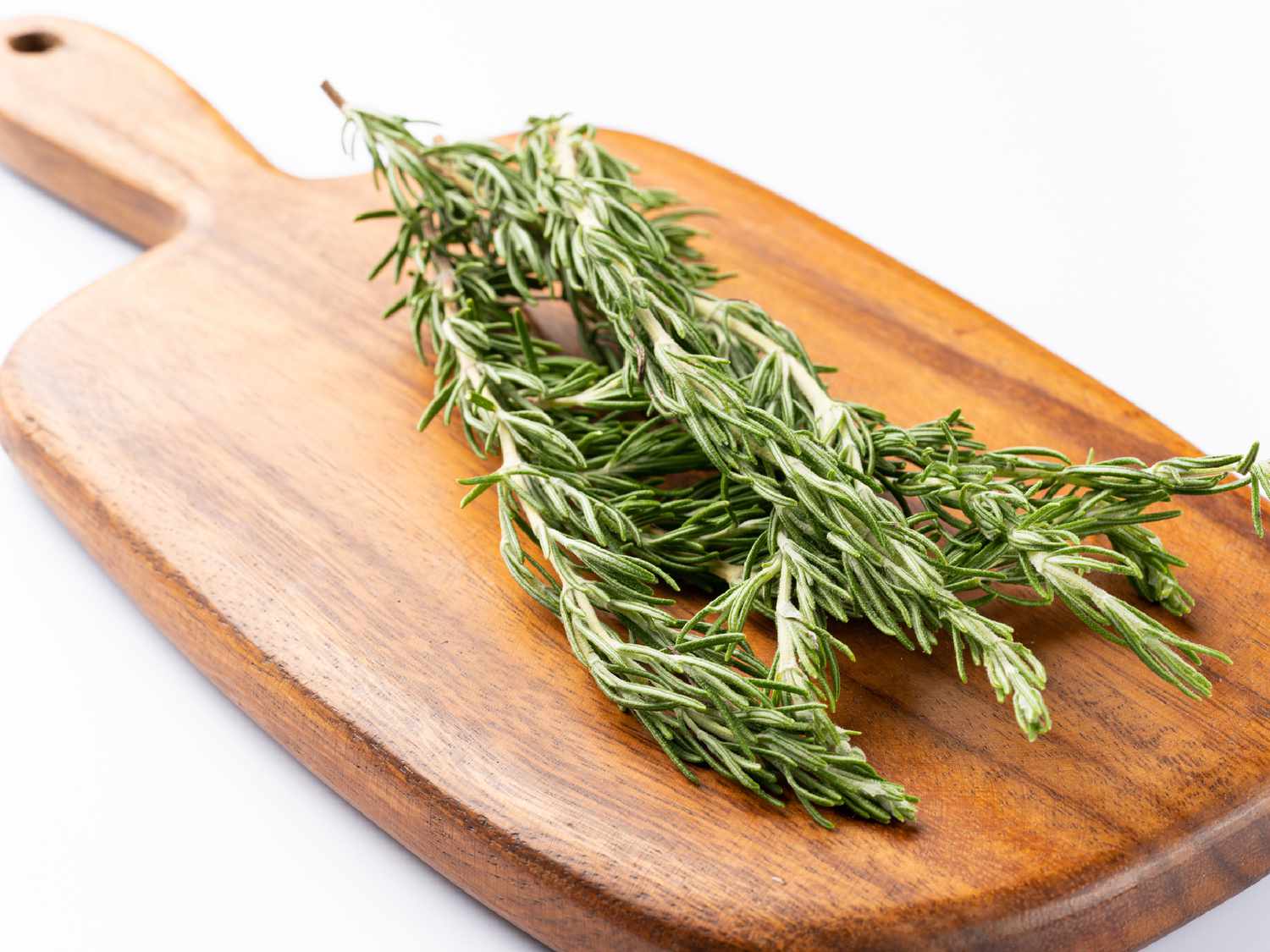
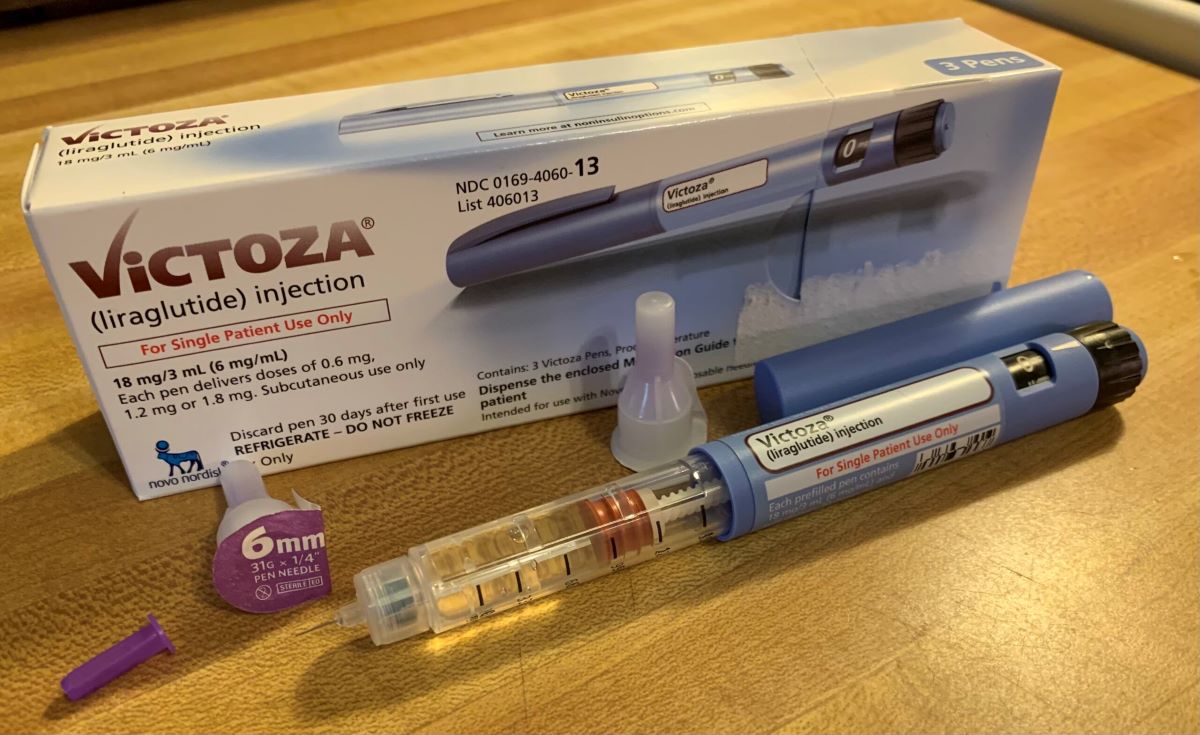
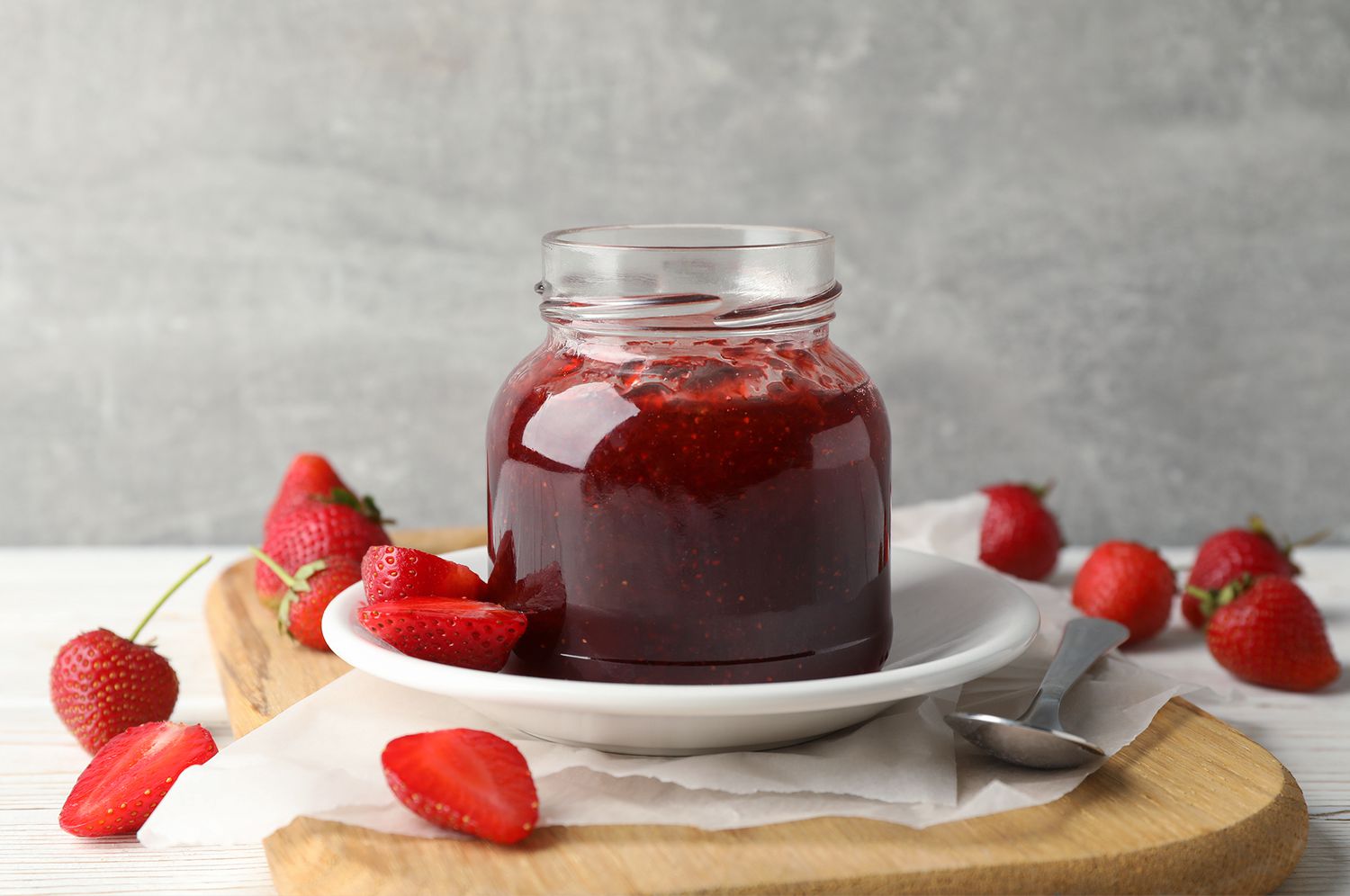



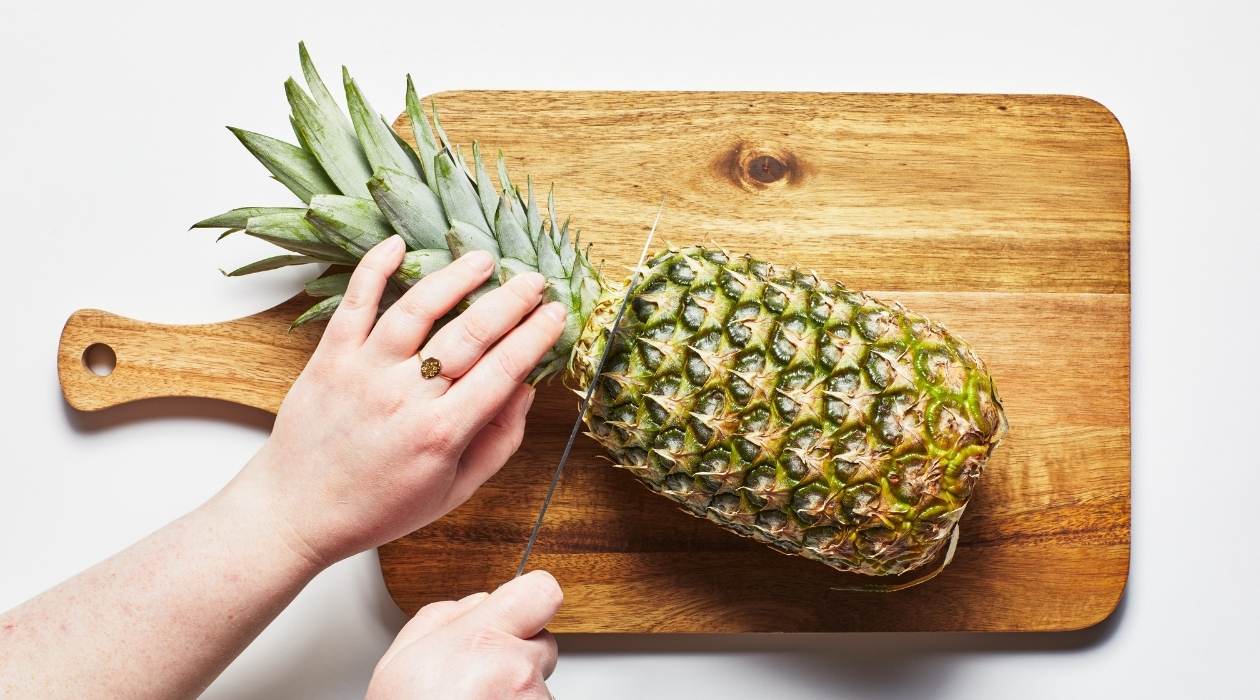
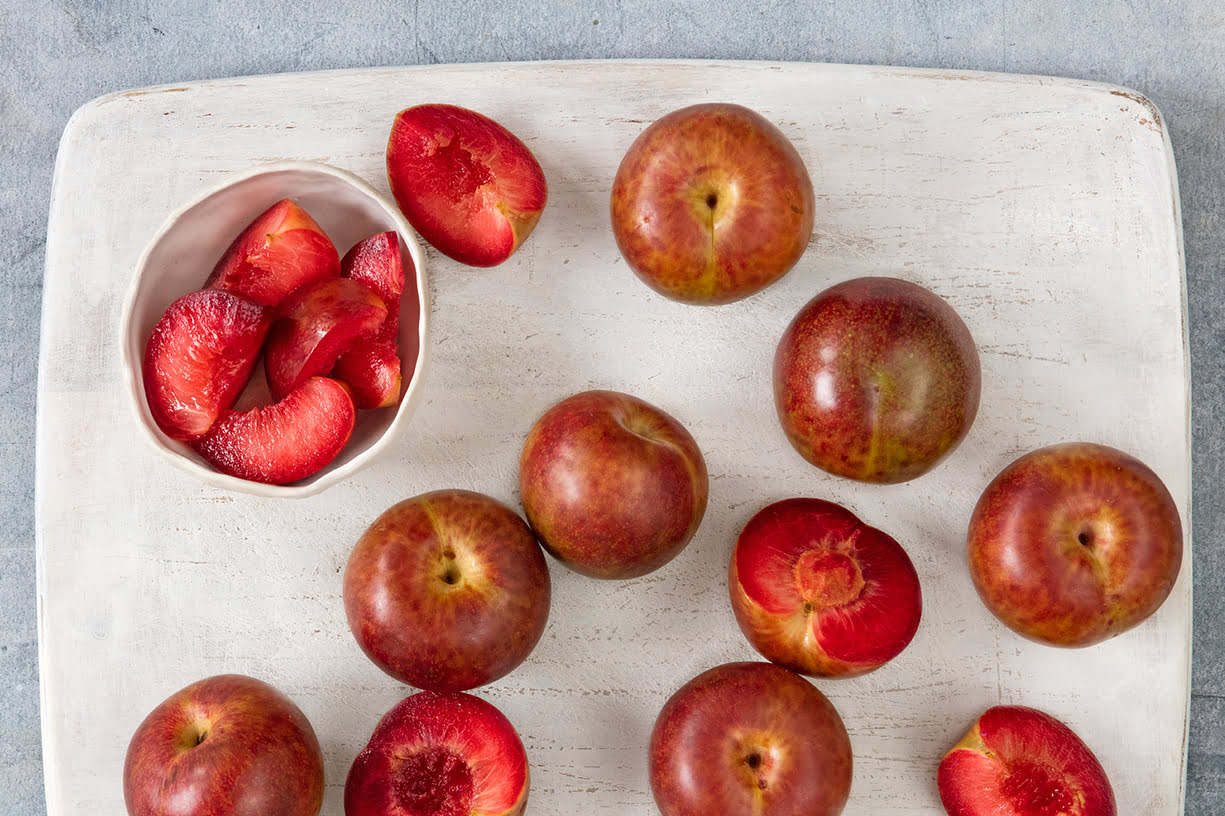

0 thoughts on “How To Store Mayonnaise”